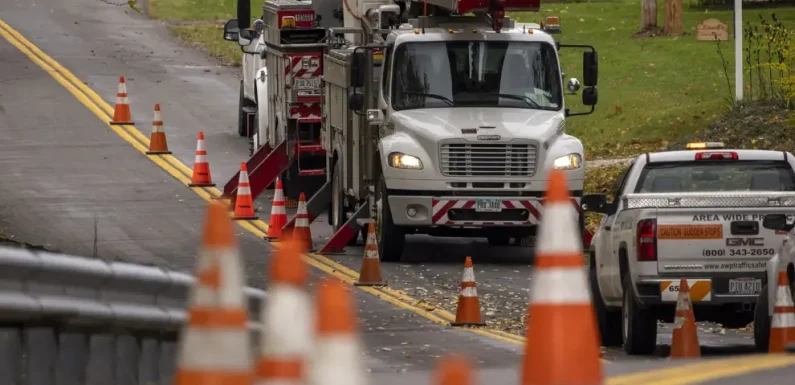
Managing the movement of vehicles and pedestrians during a construction project is no easy task. Without proper planning and direction, even a small roadwork site can become a source of confusion, congestion, and danger. That’s where traffic control services come in, playing a critical role in maintaining smooth and safe flow around active job sites.
What Is Traffic Control in Construction?
Traffic control in construction refers to the strategic planning and real-time management of traffic in and around work zones. This includes placing signage, barriers, and signals, as well as employing trained personnel to guide vehicles and pedestrians safely.
The Purpose of Traffic Flow Management
1. Prevent Congestion
When construction affects normal travel routes, traffic control ensures that alternate paths are clearly marked. This prevents gridlock and keeps commuters moving.
2. Ensure Worker Safety
Redirecting and managing flow around job sites minimizes the risk of vehicles entering active work zones, significantly improving worker safety.
3. Maintain Public Safety
Pedestrians, cyclists, and drivers unfamiliar with a detour can become confused. Traffic control helps them navigate changes safely and efficiently.
Key Techniques Used in Traffic Control
1. Detour Planning
Carefully planned detours guide traffic around the construction zone without major delays, maintaining a steady flow and minimizing public inconvenience.
2. Signage and Signals
Clear and visible signs warn drivers of upcoming construction, speed changes, or lane closures, allowing them to adjust their route and speed accordingly.
3. Flagging Operations
Certified flaggers are positioned to direct traffic manually when required, especially in areas with changing flow or limited visibility.
4. Lane Closures and Shifts
In some projects, only certain lanes are affected. Traffic control manages these shifts to keep traffic moving in an organized and safe manner.
Benefits of Effective Traffic Control
1. Increased Efficiency
With fewer delays and reroutes, projects can proceed without the added stress of dealing with traffic-related issues.
2. Better Public Relations
A well-managed site is less likely to frustrate drivers and pedestrians, helping maintain a positive image for the construction company and local government.
3. Legal and Insurance Advantages
Proper traffic control helps meet regulatory requirements, reducing the risk of fines and lowering the chance of liability in case of accidents.
Traffic Control in Action
Professional companies like Salus Traffic Control are experts in implementing comprehensive solutions. From planning and permit acquisition to on-site execution, they help ensure the seamless flow of traffic throughout the duration of a project.
When Is Traffic Control Essential?
- Urban construction near busy intersections
- Highway lane repaving or closures
- Utility work requiring road excavation
- Large-scale infrastructure or transportation projects
Challenges in Managing Traffic Flow
Managing flow isn’t always straightforward. Challenges can include unpredictable driver behavior, weather conditions, and high traffic volumes. That’s why relying on trained professionals is key to adapting quickly and keeping things under control.
Conclusion
Construction projects don’t have to mean chaos for drivers and pedestrians. With the right traffic control strategies in place, flow can be managed effectively, making the environment safer and more predictable for everyone involved. Whether it’s a short-term repair or a long-term development, professional solutions—such as those provided by Salus Traffic Control—ensure that progress and public safety go hand in hand.

